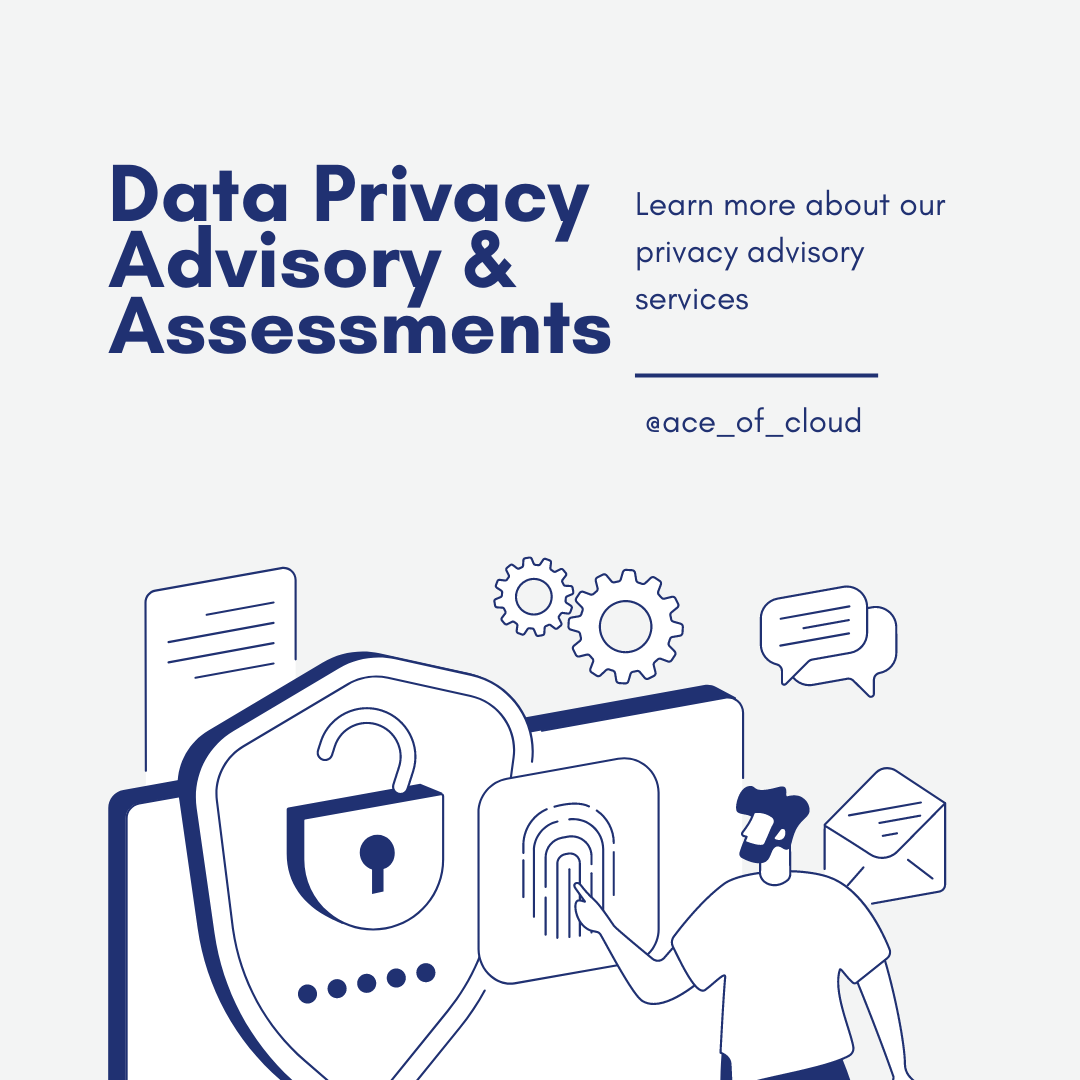In today's interconnected world, where data is the lifeblood of businesses, ensuring the privacy and security of sensitive information has never been more critical. From personal identifiers to proprietary business data, organizations face a myriad of challenges in safeguarding their assets against evolving threats and regulatory requirements. In this comprehensive guide, we delve into the realm of Data Privacy Advisory & Assessments, shedding light on key concepts and methodologies to help organizations navigate the complexities of data privacy effectively.
Introduction to Data Privacy:
At its core, data privacy refers to the protection of individuals' personal information from unauthorized access, use, and disclosure. In an era characterized by digital transformation and widespread data collection, the importance of preserving individuals' privacy rights cannot be overstated. From social media platforms to e-commerce websites, organizations collect vast amounts of data to personalize experiences, improve services, and drive business insights. However, this influx of data also raises concerns about data misuse, breaches, and privacy violations.
Data privacy encompasses various principles and practices aimed at safeguarding sensitive information, including:
- Data Minimization: Collecting only the minimum amount of data necessary for a specific purpose and limiting data retention periods to mitigate privacy risks.
- Consent Management: Obtaining explicit consent from individuals before collecting, processing, or sharing their personal information, and providing transparency about data handling practices.
- Data Security: Implementing robust security measures, such as encryption, access controls, and data masking, to protect data against unauthorized access, breaches, and cyberattacks.
- Compliance with Regulations: Adhering to applicable data protection laws and regulations, such as the General Data Protection Regulation (GDPR), California Consumer Privacy Act (CCPA), and Health Insurance Portability and Accountability Act (HIPAA), to ensure legal compliance and avoid penalties.
In today's digital landscape, where data breaches and privacy scandals frequently make headlines, organizations must prioritize data privacy as a fundamental aspect of their operations to earn and maintain the trust of their customers and stakeholders.
Exploring Privacy Advisory Services:
Privacy advisory services play a pivotal role in assisting organizations in navigating the intricate landscape of data privacy. These services encompass a range of activities aimed at assessing, managing, and enhancing an organization's privacy posture. Key components of privacy advisory services include:
- Privacy Assessments: Conducting comprehensive assessments to identify privacy risks, gaps in compliance, and opportunities for improvement. These assessments may include Privacy Threshold Analysis (PTAs) and Privacy Impact Assessments (PIAs), which we will explore in more detail shortly.
- Policy and Procedure Development: Developing privacy policies, procedures, and guidelines tailored to the organization's specific needs and regulatory requirements. This includes drafting privacy notices, consent forms, and data handling guidelines to ensure transparency and accountability.
- Training and Awareness Programs: Providing training sessions and awareness programs to educate employees about privacy best practices, regulatory requirements, and their roles and responsibilities in protecting sensitive information.
- Incident Response Planning: Developing incident response plans and protocols to effectively respond to data breaches, privacy incidents, and regulatory inquiries. This involves establishing communication channels, escalation procedures, and remediation measures to mitigate the impact of incidents on affected individuals and the organization's reputation.
By leveraging privacy advisory services, organizations can proactively identify and address privacy risks, demonstrate compliance with regulatory requirements, and foster a culture of privacy across their workforce.
Understanding PTAs and PIAs:
Privacy Threshold Analysis (PTA) and Privacy Impact Assessments (PIAs) are two essential tools used in the field of data privacy to evaluate and mitigate privacy risks associated with new projects, systems, or processes. While both assessments aim to assess privacy implications, they differ in their scope, methodology, and objectives.
Privacy Threshold Analysis (PTA):
A Privacy Threshold Analysis (PTA) is a preliminary assessment conducted to determine whether a project, system, or process is likely to impact individuals' privacy rights significantly. PTAs typically involve identifying the types of data collected, the purposes of data processing, and the potential privacy risks associated with the project. The primary objectives of a PTA are to:
- Identify privacy risks early in the project lifecycle.
- Determine whether a full Privacy Impact Assessment (PIA) is warranted based on the severity of identified risks.
- Recommend measures to mitigate privacy risks and ensure compliance with relevant regulations.
PTAs are valuable tools for organizations to assess the privacy implications of new initiatives and make informed decisions about allocating resources and implementing privacy controls.
Privacy Impact Assessments (PIAs):
Privacy Impact Assessments (PIAs) are more comprehensive assessments conducted to evaluate the potential privacy impacts of a project, system, or process throughout its lifecycle. PIAs involve a systematic review of data collection practices, data processing activities, privacy controls, and risk mitigation measures. The primary objectives of a PIA are to:
- Identify and assess potential privacy risks and vulnerabilities associated with the project.
- Evaluate the adequacy of existing privacy controls and safeguards.
- Recommend additional measures to mitigate privacy risks and enhance compliance with regulatory requirements.
- Document and communicate findings to stakeholders, including management, regulators, and affected individuals.
PIAs are instrumental in helping organizations proactively address privacy concerns, comply with regulatory requirements, and build trust with stakeholders by demonstrating a commitment to protecting privacy rights.
In summary, Privacy Threshold Analysis (PTA) and Privacy Impact Assessments (PIAs) are essential tools for organizations seeking to evaluate and mitigate privacy risks effectively. By conducting these assessments and leveraging privacy advisory services, organizations can enhance their privacy posture, comply with regulatory requirements, and foster a culture of privacy across their workforce and stakeholders.
Stay tuned for our upcoming blogs, where we will delve deeper into key aspects of data privacy, including data sensitivity analysis, access control, security measures, and regulatory compliance.
By providing in-depth insights and practical guidance on data privacy advisory & assessments, Ace of Cloud aims to empower organizations to navigate the complexities of data privacy confidently and safeguard sensitive information in today's digital landscape.
Keep exploring, stay informed, and prioritize privacy!
Learn more about our privacy advisory services and how we can help your organization protect sensitive information. Contact us today!

